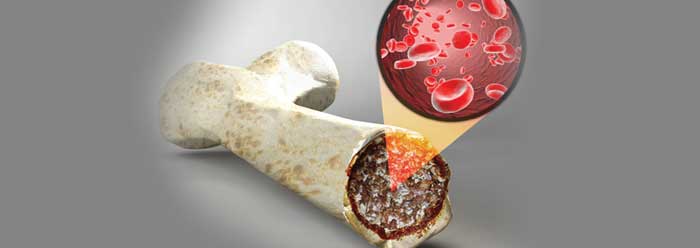
Dinosaur Soft Tissue Issue is Here to Stay
In recent decades, soft, squishy tissues have been discovered inside fossilized dinosaur bones. They seem so fresh that it appears as though the bodies were buried only a few thousand years ago.

Dinosaur Soft Tissues: They're Real!
Paleontologist Mary Schweitzer’s discoveries of soft blood vessels, proteins, various blood cells, and even DNA inside fossilized dinosaur bones have been met with extreme skepticism from the scientific community. It has been well established that such biological structures and molecules should not last beyond a few tens of thousands of years, and could not possibly survive millions of years.

Is There Some Truth to Dragon Myths?
Harry Potter fans are looking forward to the boy wizard’s next screen adventure, when Harry Potter and the Half-Blood Prince opens this month. Pottermania broke loose when J. K. Rowling’s first book appeared on bookstands in 1997, prompting the creation of films, fan websites, and dozens of similarly themed books.

Hadrosaur Soft Tissues Another Blow to Long-Ages Myth
Recently-discovered dinosaur soft tissues, and even blood cells, represent some of the biggest hurdles for long-age evolutionary belief. Soft tissue was found in the femur of a large Tyrannosaurus rex about a decade ago, and more was discovered in another T. rex a few years later. And recently, soft tissues with proteins were found in a hadrosaur from Montana.

Dinosaur Soft Tissue: Biofilm or Blood Vessels?
Over a decade ago, paleontologist Dr. Mary Schweitzer accidentally discovered soft tissues preserved inside dinosaur bone.1 While examining the bone structure from an incompletely fossilized T. rex nicknamed "B. rex," she came upon what appeared to be blood vessels and blood cells on her microscope slides.



